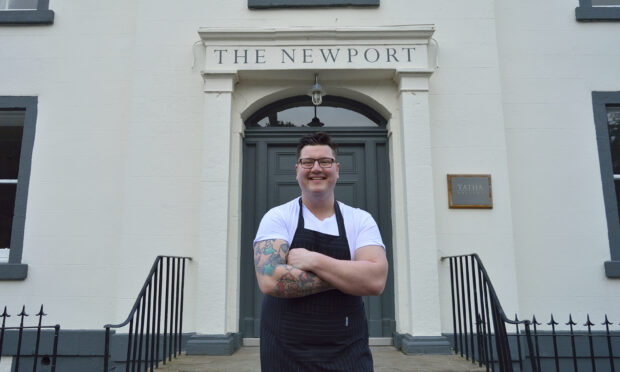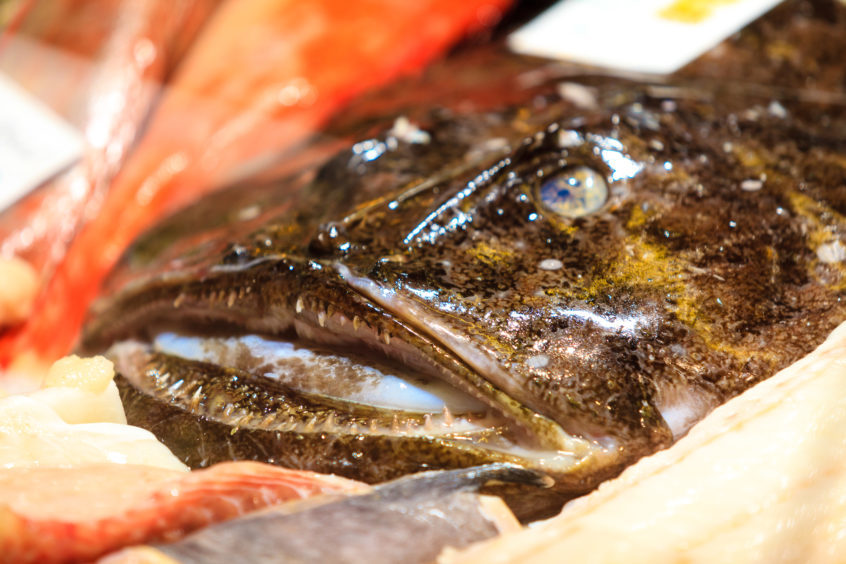This month I’m going to talk a little about one of the newest ingredients to come into the Newport kitchen on its way onto our menu. Monkfish liver – or foie gras of the sea as it’s also known – is amazing!
I am not a huge fan of the foie gras title mainly because, as we already know, unethical goose liver foie gras gets a lot of stick – and for good reason. We don’t use it at the restaurant unless we can get the ethical variety, although that is very expensive.
Monkfish liver though doesn’t have these problems – the liver is naturally very big due to seasonality, similar to when cod roes are available. The livers are mainly available in late autumn and throughout the winter.
The first time I saw it was during a short work experience stage up at the amazing Captain’s Galley in Scrabster, run by the sustainable fish/seafood wizard Jim Cowie. Jim served it hot on some toast with jalapeno relish, which was absolutely delicious.
Back then, sustainable and good value weren’t two of my main worries when cooking as I was still a commis chef and learning my craft. Nowadays, though, I’m more involved within the fish industry and have the responsibility of my own restaurant and influencing young chef and customers who come through the door, so it’s important to lead by example. Therefore, it ticks all the right boxes with me – it tastes delicious, it’s inexpensive, new for customers to experience and for the chefs to prepare, and it’s a by-product. Normally the monkfish would be filleted and processed at sea and the livers would be thrown back to sea.
At the restaurant we have worked on several dishes using monkfish liver, with one particularly standing out and making its way onto our lunch menu last weekend. To prepare it, rinse the liver well under cold water and very gently, using tweezers or a fork, pull away the veins – they stand out once the cold and come out very easily. There’s nothing inedible about them, they just don’t have the greatest mouth feel against the smooth texture of the rest of the liver.
Cut the liver depending on size into 4-5 pieces and lightly salt it to firm up the texture and remove any excess moisture – 45 minutes to 1 hour should be ample time. Cook in a hot pan for 2 minutes each side then added a spoonful of vindaloo paste, 2 spoonfuls of water and baste them for a further 2 minutes until just cooked through. A more traditional method is the sushi way: after salting the liver wrap in some tin foil to form a sausage shape. Steam for 12-15 minutes the cool completely, slice and serve with hot toast or with some soy sauce, just like pate.
Chef’s Tip: As winter approaches, broccoli and cauliflower are really coming into their own. Save their outer leaves and use the for soups that taste great. Also we tend to save them up over the course of the week and use them for our homemade kimchi or for a choucroute.











